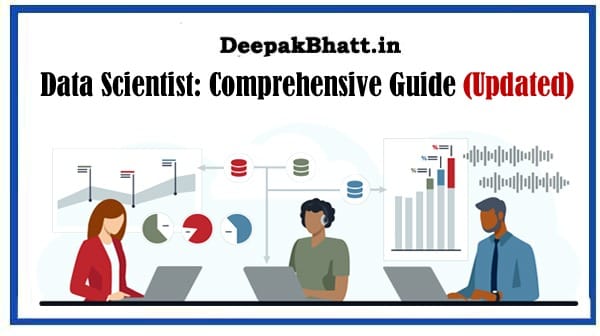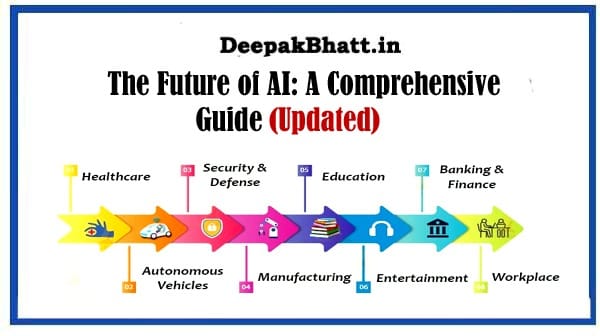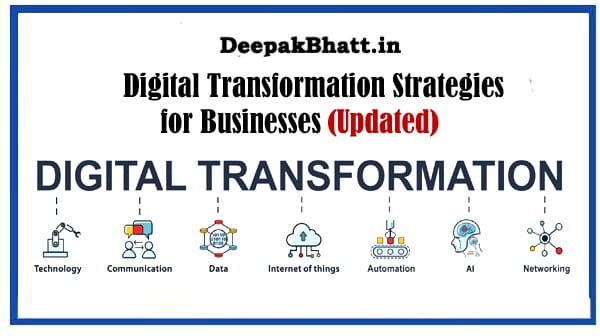Data Scientist: In the rapidly evolving landscape of 2024 The role of a data scientist continues
To be pivotal in shaping decision-making processes across various industries.
- 1 Data Scientist
- 1.1 I. Evolution of Data Science: Data Scientist
- 1.2 1.1 Definition and Scope:
- 1.3 1.2 Impact on Industries:
- 1.4 II. Key Concepts:
- 1.5 2.1 Features and Types:
- 1.6 2.2 Data Types:
- 1.7 III. Skills for 2025:
- 1.8 3.1 Technical Skills:
- 1.9 3.2 Soft Skills:
- 1.10 3.3 Continuous Learning:
- 1.11 IV. Data Science Workflow:
- 1.12 4.1 Problem Definition:
- 1.13 4.2 Data Collection:
- 1.14 4.3 Data Cleaning and Preprocessing:
- 1.15 4.4 Exploratory Data Analysis (EDA):
- 1.16 4.5 Model Building:
- 1.17 4.6 Model Evaluation:
- 1.18 4.7 Model Deployment:
- 1.19 V. Emerging Trends in 2025
- 1.20 5.1 AI Explainability:
- 1.21 5.2 Ethical AI:
- 1.22 5.3 Automated Machine Learning (AutoML):
- 1.23 VI. Resources and Learning Paths:
- 1.24 6.1 Online Courses:
- 1.25 6.2 Books:
- 1.26 6.3 Community Involvement:
- 1.27 VII. Conclusion:
Data Scientist
This comprehensive guide aims to explore the core elements of data science, including the evolution of the field, key concepts, essential skills, the data science workflow, emerging trends, and valuable resources for those navigating the data science landscape in 2025.
Software Engineering : Concept, Featurs & Trand
The Future of Coding: Trends and Programming Languages
Digital Transformation Strategies for Businesses
R Programming A-Z Complete Video Course Free
Docker Mastery: The Complete Guide 87% Free Course
I. Evolution of Data Science: Data Scientist
1.1 Definition and Scope:
Data scientists, equipped with scientific methods, analyze structured and unstructured data to extract valuable insights. The scope of data science spans diverse domains, from finance to healthcare, influencing decision-making processes across industries.
1.2 Impact on Industries:
Data science has become a transformative force, enabling predictive analytics, automation, and personalized services. From optimizing financial portfolios to predicting disease outbreaks in healthcare, data science is driving innovation and efficiency.
II. Key Concepts:
2.1 Features and Types:
A fundamental understanding of features is crucial in data science. Features, such as numerical, categorical, and ordinal variables, serve as the foundation for building machine learning models. These models, in turn, facilitate predictions and derive meaningful insights.
2.2 Data Types:
Proficiency in handling various data types is essential for effective data analysis. This includes structured data found in relational databases, unstructured data like text and images, and semi-structured data often organized in formats like JSON or XML.
III. Skills for 2025:
3.1 Technical Skills:
In 2024, data scientists are expected to possess a diverse set of technical skills:
- Programming: Proficiency in languages such as Python, R, and SQL.
- Machine Learning: Advanced knowledge of machine learning algorithms and model deployment.
- Data Visualization: Mastery of visualization tools like Matplotlib, Seaborn, and Tableau.
- Big Data Technologies: Familiarity with technologies like Hadoop and Spark for handling large datasets.
3.2 Soft Skills:
In addition to technical skills, data scientists need soft skills to excel in their roles:
- Communication: Effectively conveying complex findings to non-technical stakeholders.
- Critical Thinking: Analyzing problems and devising innovative solutions.
3.3 Continuous Learning:
The field of data science evolves rapidly. Continuous learning and staying updated with the latest tools and techniques are critical for success.
IV. Data Science Workflow:
4.1 Problem Definition:
The data science workflow begins with clearly defining the problem at hand. It’s essential to ensure that the defined problem aligns with the broader business objectives.
4.2 Data Collection:
Gathering relevant data from diverse sources is a crucial step. Considerations should include data quality, quantity, and relevance to the defined problem.
4.3 Data Cleaning and Preprocessing:
Addressing issues such as missing values and outliers ensures that the data is prepared for analysis. Clean and preprocessed data forms the basis for accurate insights.
4.4 Exploratory Data Analysis (EDA):
Understanding data patterns and relationships through visualization and statistical methods is a critical phase. EDA provides insights that guide subsequent modeling decisions.
4.5 Model Building:
Selecting appropriate machine learning models and fine-tuning them for optimal performance is a key aspect of the data science workflow.
4.6 Model Evaluation:
Assessing model accuracy and generalization using various metrics is crucial for ensuring the reliability of the developed models.
4.7 Model Deployment:
Implementing models into production, with careful consideration for seamless integration with existing systems, marks the final step of the workflow.
V. Emerging Trends in 2025
5.1 AI Explainability:
The focus on making AI and machine learning models more interpretable and explainable continues to grow.
5.2 Ethical AI:
There is a heightened awareness of ethical considerations in data science, emphasizing the importance of responsible AI practices.
5.3 Automated Machine Learning (AutoML):
Advancements in AutoML tools streamline the model development process, making it more accessible even to non-experts.
VI. Resources and Learning Paths:
6.1 Online Courses:
Explore online platforms such as Coursera, edX, and Udacity for courses from top institutions covering a wide range of data science topics.
6.2 Books:
Recommended readings include “The Elements of Statistical Learning” by Hastie, Tibshirani, and Friedman, and “Python for Data Analysis” by Wes McKinney.
6.3 Community Involvement:
Active engagement with the data science community through forums, conferences, and social media platforms enhances learning and networking opportunities.
VII. Conclusion:
In 2024, data science remains at the forefront of innovation, with data scientists playing a pivotal role in transforming raw data into actionable insights. Adapting to new technologies, staying informed about industry trends, and honing a diverse skill set are key to excelling in this dynamic field. This comprehensive guide serves as a roadmap for aspiring and current data scientists navigating the ever-evolving landscape of data science in 2024.

















